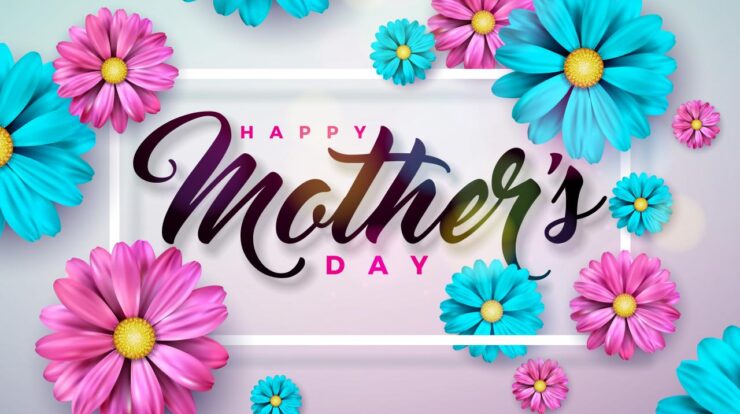
Romance definition sets the stage for this enthralling narrative, offering readers a glimpse into a story that is rich in detail with vivid descriptions and brimming with originality from the outset. The content of the second paragraph provides descriptive and clear information about the topic.
Definition of Romance
Romance, in literature and popular culture, traditionally refers to a genre that explores the development and fulfillment of a romantic relationship between two individuals. These relationships often involve strong emotions, passion, and a sense of destiny or fate. Romance novels typically follow a predictable narrative arc, featuring a hero and heroine who overcome obstacles to find lasting love.
Types of Romance
Romance novels can be categorized into various subgenres, including:
- Historical Romance:Set in a past era, often featuring elements of adventure, intrigue, and social commentary.
- Contemporary Romance:Depicts modern-day relationships, addressing issues such as career, family, and personal growth.
- Paranormal Romance:Incorporates supernatural elements, such as vampires, werewolves, or magic, into the romantic storyline.
Famous Romance Novels, Romance definition
Some iconic romance novels that exemplify the genre’s characteristics include:
- Pride and Prejudice by Jane Austen:A classic tale of love and societal expectations.
- Gone with the Wind by Margaret Mitchell:A sweeping historical epic set during the American Civil War.
- Outlander by Diana Gabaldon:A time-traveling romance that blends history, adventure, and love.
Elements of Romance: Romance Definition
Essential elements of a romance novel include:
- Hero and Heroine:Compelling characters who embody the ideals of masculinity and femininity.
- Conflict:Obstacles that test the relationship and provide tension.
- Resolution:A satisfying conclusion that resolves the conflict and establishes a lasting bond.
Role of Love, Passion, and Desire
Love, passion, and desire are the driving forces behind romance novels. These emotions are portrayed as intense, transformative, and ultimately fulfilling.
Setting and Atmosphere
The setting and atmosphere of a romance novel play a crucial role in creating a romantic ambiance. Romantic settings often evoke a sense of intimacy, beauty, and escape.
Cultural Impact of Romance

Romance novels have a significant cultural impact, influencing:
- Gender Roles and Expectations:Shaping societal perceptions of ideal relationships and gender roles.
- Popular Culture:Inspiring films, television shows, and music that reflect romantic themes.
- Cross-Cultural Appeal:Enjoyed by readers of all backgrounds, transcending cultural boundaries.
Criticisms of Romance
Romance novels have faced criticism for:
- Predictability and Formulaic Nature:Often following a familiar plot structure and character archetypes.
- Lack of Literary Merit:Perceived as escapist literature with limited literary value.
- Unrealistic Portrayal of Love:Criticized for depicting idealized relationships that may not reflect real-life experiences.
Future of Romance
The future of romance novels is evolving in the digital age:
- E-books and Self-Publishing:Expanding accessibility and opportunities for authors.
- Social Media:Providing platforms for reader engagement and community building.
- New Trends and Innovations:Exploring diverse perspectives, unconventional relationships, and innovative storytelling techniques.
Ultimate Conclusion

The concluding paragraph provides a summary and last thoughts in an engaging manner.
Quick FAQs
What is the traditional definition of romance in literature?
Romance in literature is a genre that focuses on the development of a romantic relationship between two characters, typically featuring elements of love, passion, and desire.
What are the different types of romance novels?
Romance novels can be categorized into various subgenres, including historical, contemporary, paranormal, and romantic suspense.
What are the key characteristics of a romance novel?
Romance novels typically feature a central conflict that revolves around the romantic relationship between the hero and heroine, leading to a resolution that emphasizes the power of love.





